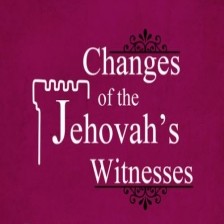A case in point is what is said in a footnote to John 1:1 in A New Version of the Four Gospels, published in 1836 by John Lingard under the pseudonym “A Catholic.” It says: “Men of every persuasion find the confirmation of their peculiar opinions in the sacred volumes: for, in fact, it is not the Scripture that informs them, but they that affix their own meaning to the language of Scripture.”
The Watchtower Announcing Jehovah’s Kingdom. August 1, 1999 p. 10
